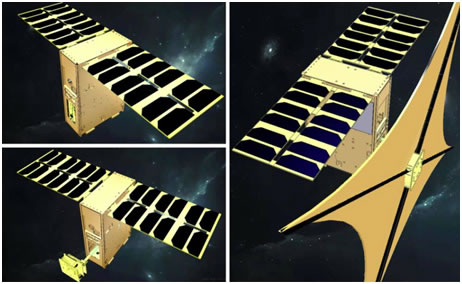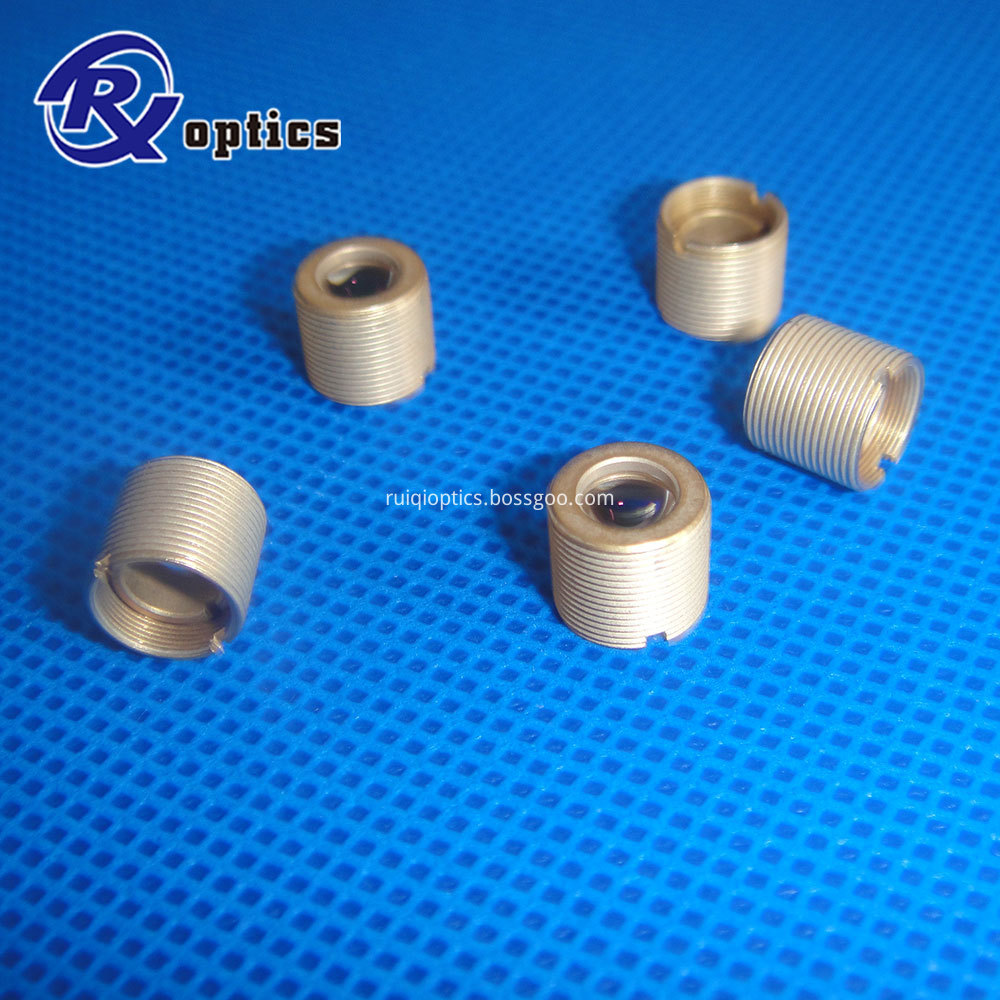Recently, the "SIASAIL-I" solar sail developed by the Shenyang Institute of Automation, Chinese Academy of Sciences (hereinafter referred to as the Shenyang Institute of Automation), equipped with the Changsha Tianyi Institute Xiaoxiang-1 07 satellite, has successfully verified a number of The key technology of solar sail. On December 26, Shenyang Automation announced that this is the first time that China has completed the key technology test of solar sails in orbit, and will provide technical support for the subsequent development of large-scale solar sails.

Solar sail is a spacecraft powered by the reflected light pressure of the sun on the film. It does not need to consume additional chemical fuel and working medium during navigation. It has small mass, large expansion ratio, low cost, low power consumption, and long voyage. Features. Therefore, solar sails are considered to be currently very likely to reach the spacecraft outside the solar system, and have broad application prospects in asteroid detection, geomagnetic storm monitoring, solar polar detection and space debris removal.
In 2011, the Shenyang Automation Institute began to carry out core technical research on the space flexible deployment mechanism. "Tianfan No. 1" was the first flying product among them. According to researcher Liu Jinguo, the project leader of "Tianfan One" and deputy director of the Space Automation Technology Research Office of Shenyang Institute of Automation, "Tianfan One" folds and stores the flexible film inside the unfolding mechanism. After the normal satellite orbit of the 07 satellite satellite platform of Xiaoxiang No. 1 was put into orbit, the technical verification was carried out through a two-level combination.
The data and pictures returned from the current orbit show that the key technology test of the "Tianfan One" solar sail is progressing smoothly, and the orbit has verified the two-stage active and passive deployment system of the microsatellite, the multi-sail synchronous deployment mechanism, and the deployable bistable rod Several key technologies such as technology, flexible sail film materials, sail film folding and unfolding technology, etc., mark the complete success of the solar sail key technology test verification task.
In this follow-up mission, "Tianfan One" will also carry out studies on the life of the mechanism, material properties and orbital height to verify its off-orbit capability and explore its potential applications in space debris mitigation.
It is reported that the on-orbit test of "Tianfan No. 1" was jointly completed by Shenyang Institute of Automation and Tianyi Research Institute. As the chief designer of the 07 Star Xiaoxiang No. 1, Liu Jinguo led the team to carry out the overall design, technical verification and environmental test of the solar sail; Tianyi Research Institute provided satellite platform, carrying launch and measurement and control communication for "Tianfan One". Guarantee.
Collimating lenses are optical lenses that help to make parallel the light that enters your spectrometer setup. These lenses allow users to control the field of view, collection efficiency and spatial resolution of their setup, and to configure illumination and collection angles for sampling
collimator is a device that narrows a beam of particles or waves. To narrow can mean either to cause the directions of motion to become more aligned in a specific direction or to cause the spatial cross section of the beam to become smaller (beam limiting device).
The molding glass collimator lenses are mainly designed with aspherical surface and made by molding technology.
Changchun Ruiqi now offer molding glass collimator lens--M series.The advantages of aspherical surface include small size,high performance,stable quality control in mass production and low cost comparing to traditional ground lens.Therefore, molding glass collimator lenses are commonly used in variety of applications,like industrial laser marking and detecting distance meters,laser projection and laser optical system.
Property
Molded Glass, aspheric Surface as laser collimator
Application
- Industrial and automotive alignment laser for small dimension
- Laser collimated for hand-held positioning and sensing
- Small dimension/short focal length requirement for optical design
- Application in high temperature or adverse circumstance


Optical Collimator Lens,Collimating Aspheric Lenses,Collimator Lens For Laser,collimating lenses
Changchun Ruiqi Optoelectronics Co.,Ltd , https://www.ruiqi-optics.com